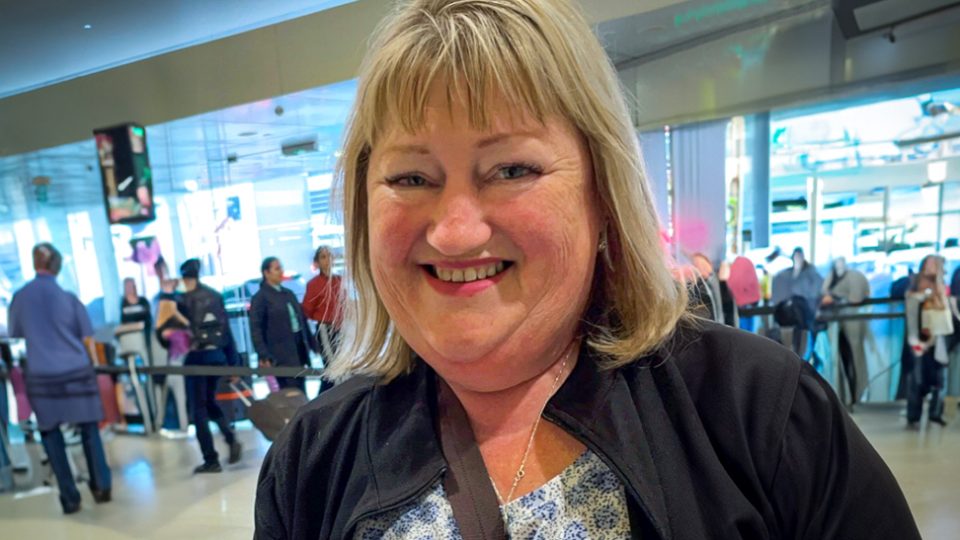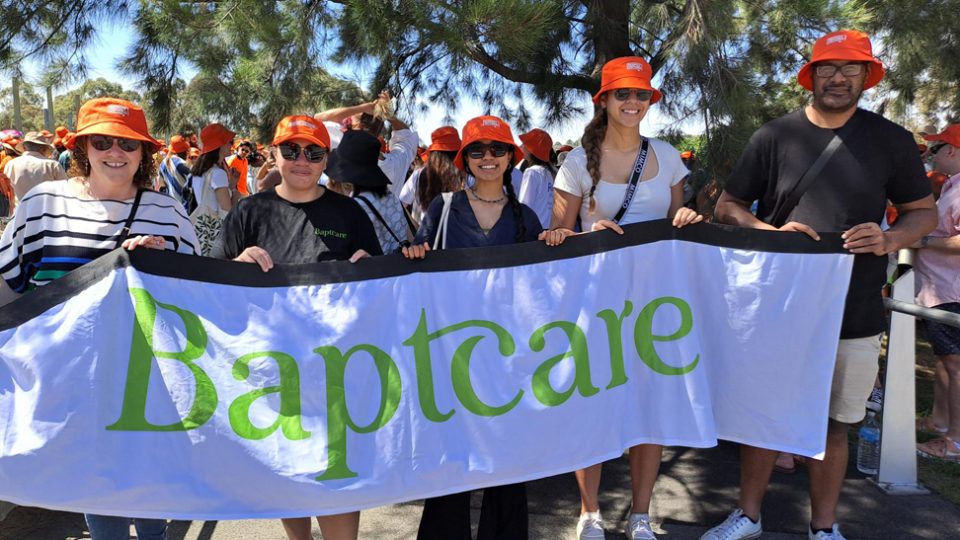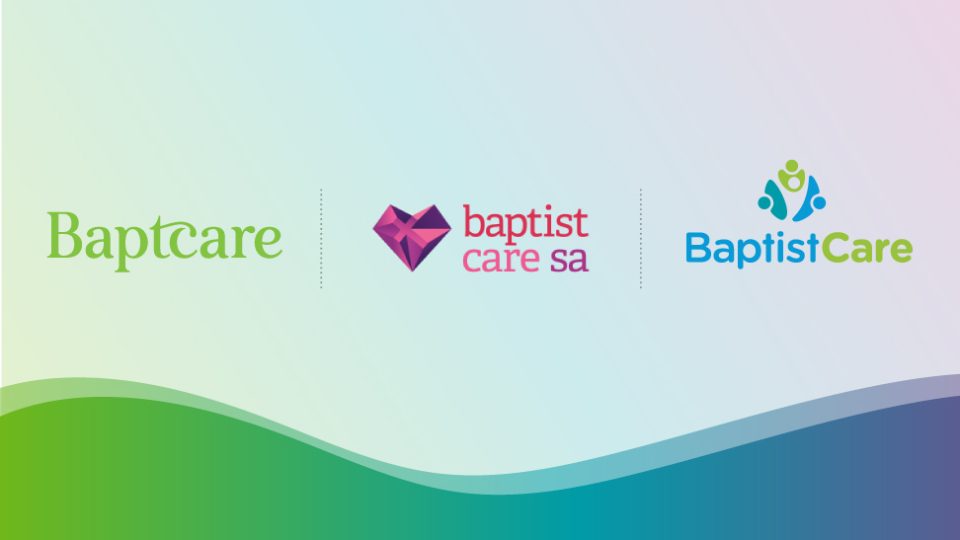It’s ok to have home care
- 18 May 2020

As we continue following social distancing rules, staying home without our normal visitors or social interactions, many of us find ourselves feeling lonely or isolated. Finding the right information to help us make the right decisions to feel comfortable can sometimes be difficult.
With this, we (remotely) sat down with our General Manager of Service and Operations, Michael Wilson to discuss sources of useful information and links of support that is available during this time.
Is it okay to have home care? (Baptcare)
Some members of our community have made adjustments to their services and supports during this time, which is completely understandable. As this current situation is not expected to be just a matter of weeks, we do encourage you to continue to access the services that you need. All our workers have completed mandatory training and understand precautions that need to take places, such as practicing good hygiene and social distancing. For the latest information Government advice, please visit their website here”. (MW)
How can In Home Care services help through COVID-19? (Baptcare)
“Our regular In Home Care services can support you at this time or easily be modified to meet your needs. Please click here for our list of these services including one new service called Social Wellbeing Phone Call.” (MW)
Can Home Care Package funds be used to pay for communication enabling technology? (Baptcare)
“At this time some of the services require and include the use of a mobile phone or other communication tools. The government has announced that for the short period your Home Care Package funds can be used to support the purchase of technology to ensure you are not isolated. Where this type of purchase aligns with your care plan and you have the available funds, we can assist with identifying the best technology solution for you, to enable you to have a greater level of connectivity with your loved ones and other important supports in your network.” (MW)
Click here for information on both personal monitoring technology.
Can I get COVID-19 Infection Control Training? (Baptcare)
“A number of members from within the Baptcare community have expressed an interest in having a greater understanding of infection control, particularly related to COVID-19. The Department of Health online training module. While this is directed at health and community workers, it is open to everyone and free to register. Follow the steps to register and enroll in the training. The training takes approximately 30 minutes to do.” (MW)
Where should we look for the latest Government Sources of information & Supports? (Baptcare)
We know there is a lot of information out there which can at times be overwhelming, confusing and misleading. Its best to take information from reliable sources such as government updates and Information from links such as Gov Health Resources or the Gov Health Alerts” (MW)
Which service should I contact regarding my Mental Wellbeing during the Coronavirus situation? (Baptcare)
“The Government in partnership with Beyond Blue have released a free 24 hour support service specifically designed to help people through the COVID-19 pandemic, offering support for any mental health impacts such as fear about the virus, financial stress, family stress, anxiety and loneliness.” (MW)
If you are feeling lonely, please do not hesitate to reach out to your Baptcare office, as there is support available to help you stay connected – even if it’s just a casual chat on the phone.
Community news
-

Faces of Baptcare | Meet Judy
Meet Judy Pryse, one of our most valued and long-standing home care staff members at Baptcare. Judy’s career reads like a history of home care growth in the Gippsland region. Never one to be behind a desk, her dynamic roles at Baptcare reflect her keen desire to help people and her hands-on approach to community care.
- 29 Nov 2024
-

Empowering families: insights from a Therapeutic Family Violence Practitioner
Perhaps it’s no surprise that Clara* has forged a successful community service career supporting others. From an early age, she remembers keenly observing those around her, and having a curiosity about the different cultures she experienced as she moved from the UAE to India and then to Australia.
- 27 Nov 2024
-

An exciting announcement about our merger
Three of Australia’s leading faith-based care providers, Baptcare, Baptist Care SA and BaptistCare, today announced they will unite to become one of the largest integrated care and service providers in Australia. The Boards and executives of all three organisations have announced the decision to merge, subject to approvals.
- 14 Nov 2024
